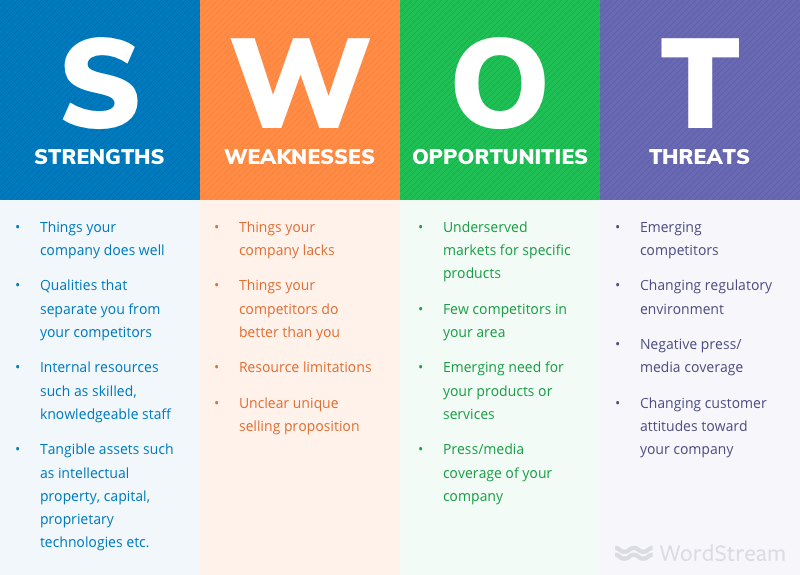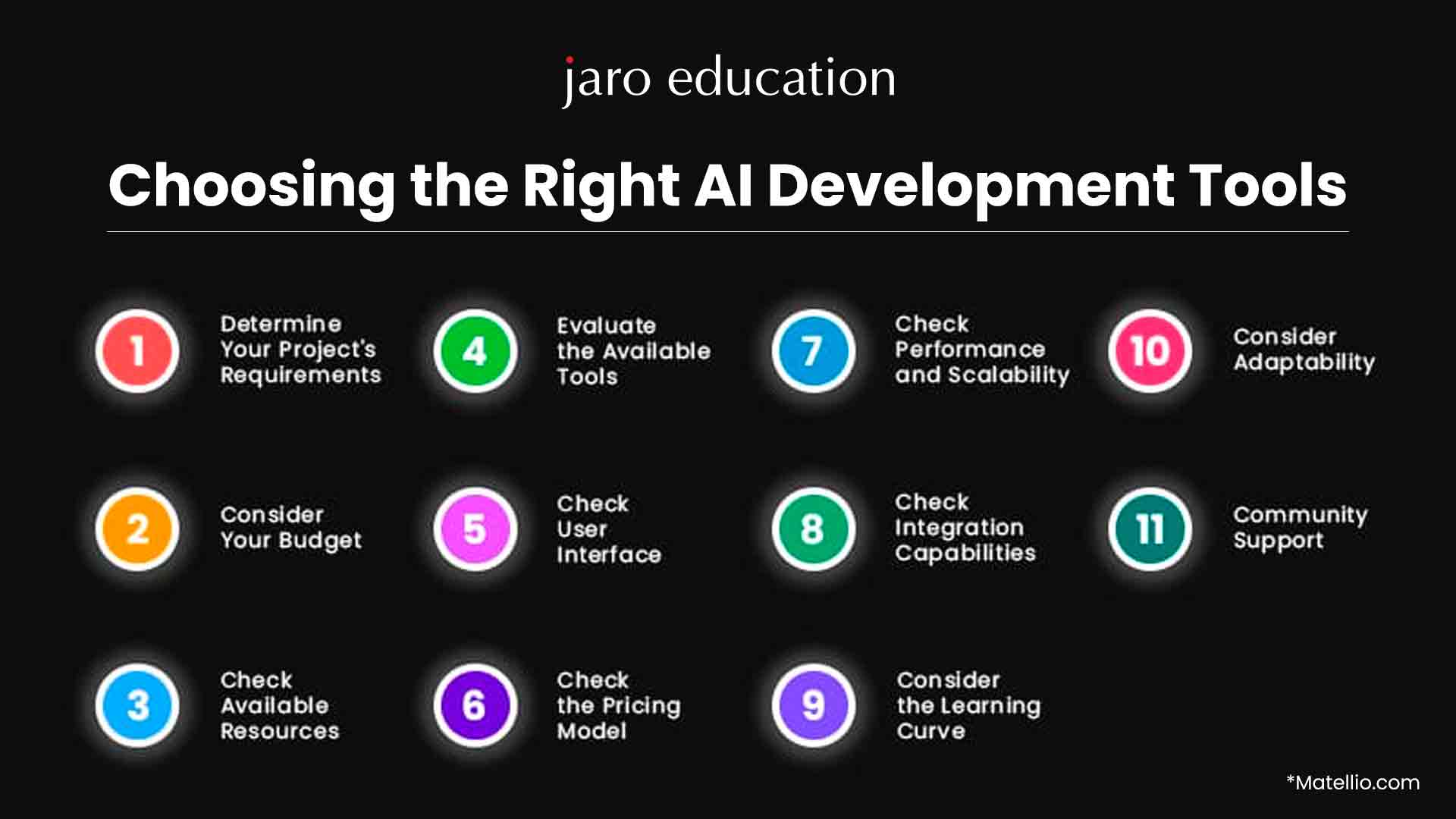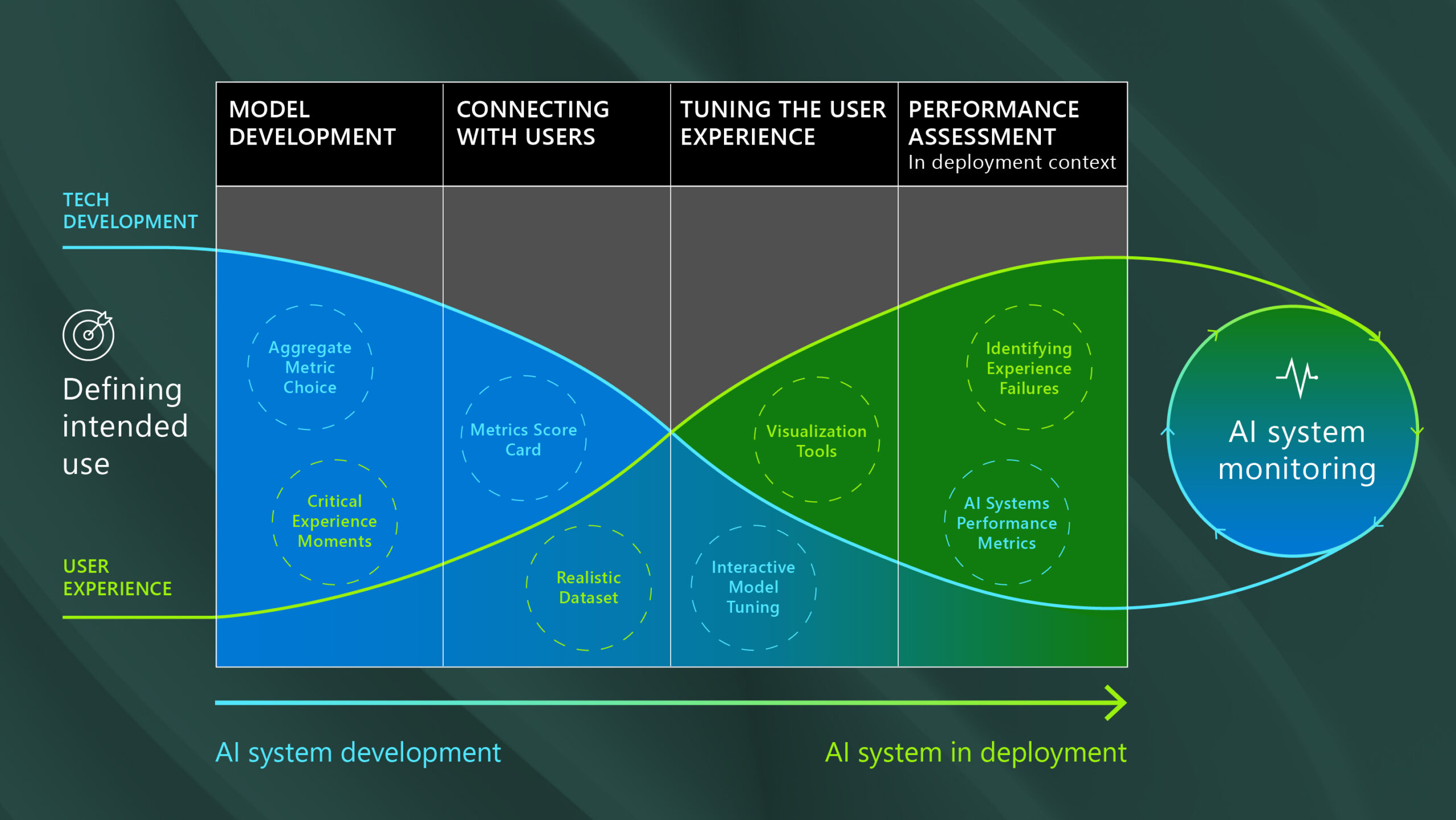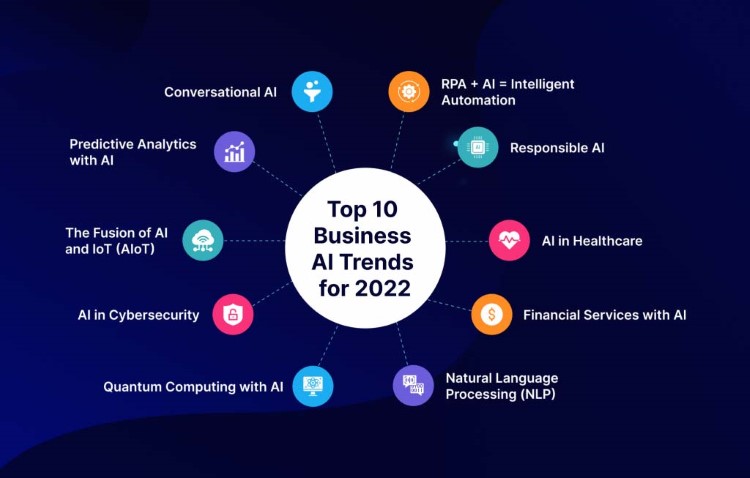How to Leverage Artificial Intelligence Applications for Business Growth: A Step-by-Step Guide

In today’s fast-paced digital landscape, artificial intelligence applications have become pivotal for businesses aiming to achieve sustainable growth. Leveraging these technologies can streamline operations, enhance customer experiences, and provide valuable insights for strategic decision-making. This guide will walk you through how to effectively implement AI applications in your business for optimal growth.

Step 1: Identify Business Needs
Before diving into AI, it’s crucial to identify the specific needs of your business. Consider areas that could benefit from automation or data analysis. Common needs might include improving customer service, enhancing marketing strategies, or optimizing supply chain management. Conducting a SWOT analysis (Strengths, Weaknesses, Opportunities, Threats) can help pinpoint where AI can make the most impact.
For example, if customer service response times are a pain point, AI-driven chatbots could be the solution. Alternatively, if your marketing efforts feel unfocused, predictive analytics might help refine your targeting strategies.

Step 2: Research AI Applications
Once you’ve identified your business needs, research various artificial intelligence applications relevant to your sector. For instance:
- Customer Service: Chatbots and virtual assistants can handle routine inquiries.
- Marketing: Predictive analytics and personalized advertising can enhance engagement.
- Operations: Machine learning models can optimize supply chain processes.
- Finance: AI can streamline fraud detection and enhance risk assessments.
Understanding the landscape will help you choose the right tools that align with your business objectives. Explore case studies or success stories from similar industries to gain insights into effective implementations.

Step 3: Set Clear Objectives
Establish clear, measurable objectives for implementing AI in your business. Objectives could include:
- Reducing customer service response times by 30%.
- Increasing lead conversion rates by 20% through personalized marketing.
- Improving supply chain efficiency by 25%.
Having specific goals will allow you to measure success and refine your strategy as you progress. Make sure these objectives are aligned with your overall business goals to ensure cohesion.

Step 4: Choose the Right Tools and Technologies
With a clear understanding of your needs and objectives, it’s time to select the appropriate AI tools. Consider factors such as:
- Ease of Integration: Ensure the AI solution can seamlessly integrate with your existing systems.
- Scalability: Choose a solution that can grow with your business.
- User-Friendliness: Opt for tools that are easy for your team to adopt.
Popular AI tools include Salesforce Einstein for CRM, Google Cloud AI for analytics, and IBM Watson for various applications. Review features, user reviews, and pricing structures to find the best fit for your organization.

Step 5: Train Your Team
Implementing artificial intelligence applications is not just about technology; it’s also about people. Invest in training your staff to ensure they are comfortable using the new tools. Workshops, online courses, and hands-on training sessions can help your team leverage AI effectively. Consider assigning AI champions within your team who can lead the charge and help others adapt.
Creating a culture of continuous learning will empower your team to embrace AI and innovate further. Encourage feedback and make adjustments based on team experiences to improve adoption rates.

Step 6: Monitor and Optimize
After deploying AI applications, continuously monitor their performance against the objectives you set. Use analytics tools to gather data on user engagement, conversion rates, and operational efficiency. Regularly reviewing these metrics will help you identify areas for improvement and ensure that the AI applications are delivering the desired results.
Additionally, gather qualitative feedback from users and customers to understand their experiences. Use this information to make data-driven decisions and refine your approach.

Step 7: Stay Updated with Trends
The field of artificial intelligence is constantly evolving, with new tools and methodologies emerging regularly. To maintain a competitive edge, stay informed about the latest trends in AI. Subscribe to industry newsletters, attend webinars, and participate in relevant forums. This proactive approach will enable you to adapt your strategy as new opportunities arise.
Consider forming partnerships with tech firms or academic institutions that focus on AI research and development. These collaborations can provide access to cutting-edge innovations and insights.

Conclusion
Leveraging artificial intelligence applications for business growth is a multi-step process that requires careful planning and execution. By identifying your needs, researching relevant tools, setting clear objectives, and training your team, you can unlock the transformative potential of AI in your organization. Remember to monitor performance continuously and stay updated with industry trends to keep your strategy agile and effective.
In summary, here are the key steps:
- Identify business needs.
- Research AI applications.
- Set clear objectives.
- Choose the right tools and technologies.
- Train your team.
- Monitor and optimize performance.
- Stay updated with trends.
By following this step-by-step guide, you’ll be well on your way to harnessing the power of artificial intelligence applications to drive growth and innovation in your business.
